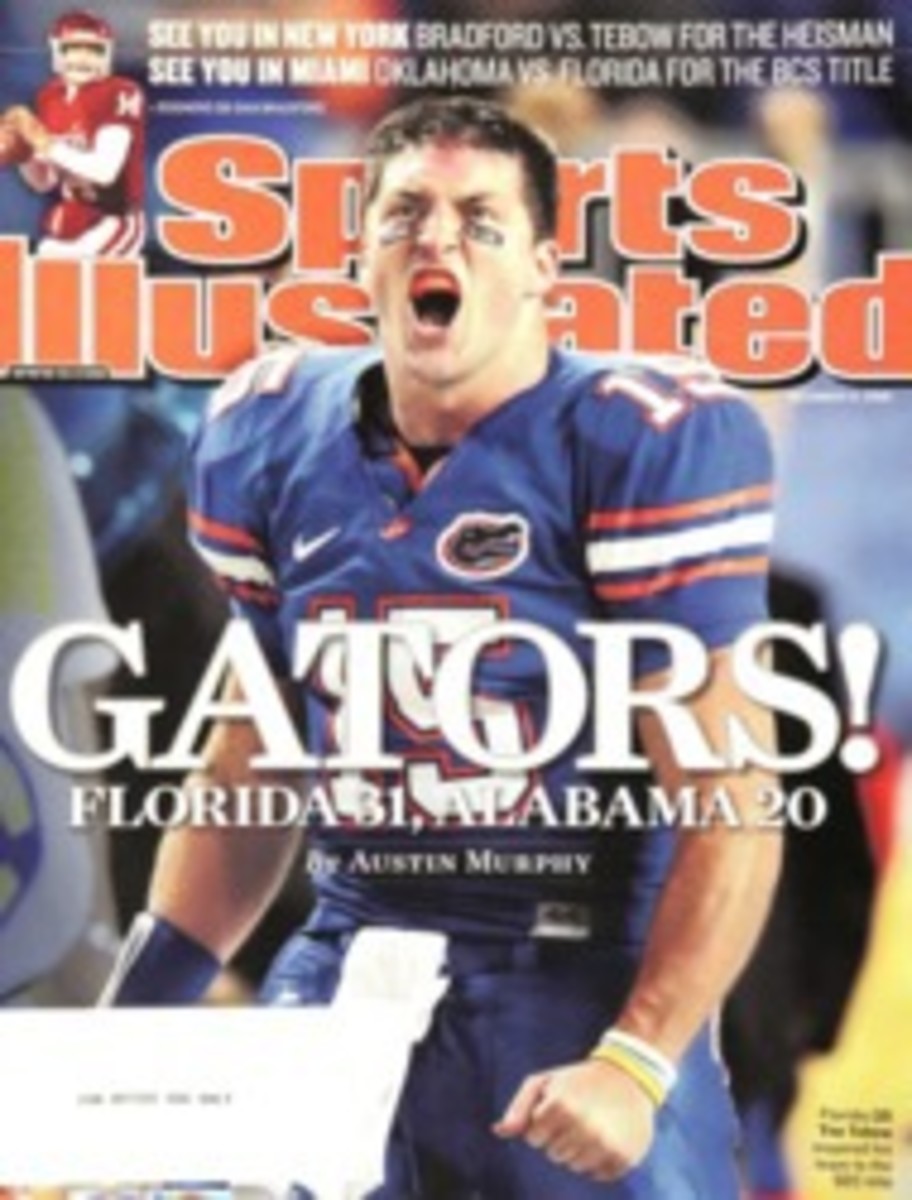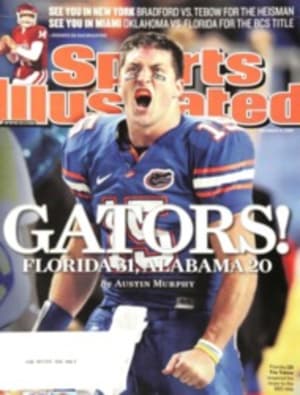
Gift Idea for the Meddling Parent
THE CHILD in thepurple sneakers has just engaged in his first act of vocational engineering bychoosing the job of "doodle bug"—or was it "poodle bed"?—forhis toy bear. With his mouth full of Goldfish, it's hard to tell what future hewants for the stuffed animal he's about to bring to life at a mall in Trumbull,Conn.
Think of theBuild-A-Bear Workshop as a Frankenstein movie set for the Nickelodeon crowd, astore so brightly colored it's like being trapped inside a bag of Skittles. Thecustomer—the child perched on his mother's hip—selects a fuzzy bearskin, whichis then pumped full of stuffing. After that, "you get to determine thebear's personality," a saleswoman tells me, pointing to two walls ofpint-sized chef smocks and farmer overalls and football uniforms. (Suddenlylyrics from the Village People pop into my head.) The child is supposed to pickthe bear's profession, but from what I could tell, the moms and dads in thestore were getting all stage-parenty. "All the dads want them to be NewEngland Patriots," laughs the saleswoman. What proud father wouldn't want aTedy Bruschi in his child's life?
Now, thanks to acompany in Boulder, Colo., all that Build-A-Bear parental meddling can beapplied to Build-A-Chicago-Bear parental fantasies. For $149 Atlas SportsGenetics offers DNA test kits to help moms and dads choose the perfect athleticcareers for their children. Parents swab their kid's cheeks, send the sample tothe lab and, within a month, get a report on ACTN3. A particular version ofthis wonder gene tells the body to produce actinin, a protein found only infast-twitch muscle fibers. Knowing that can help determine whether a child isbest suited for the sprint requirements of the NFL or the endurance needs of amarathoner. The journey of discovery for children, of finding their ownidentities through sports, can be cut out through a middleman in a lab jacket."It's disturbing," says Dave Czesniuk, the director of operations atNortheastern University's Sport in Society center. "It plays into the[obsession] some parents have with accessing a pot of gold—a collegescholarship or pro contract—through their children."
It's hard not tofeel squeamish about DNA science entwined with sports; the notion conjuresimages of swimmers with hex bolts in their foreheads and of cloned sprintersnamed Dolly. It's another step toward genetic engineering. Since a story aboutthe impact of ACTN3 ran on the front page of the Nov. 30 New York Times,hundreds of potential buyers have contacted Atlas. "It's one tool of abigger package for understanding athletic performance," says the presidentof the company, Kevin Reilly, who acknowledges that some customers believe itoffers far more. "People like CSI-type shows, and with this science theythink we're going to breed kids to be certain kinds of athletes. For any parentwho believes this test will mean their child is going to sign for millions toplay for the Buffalo Bills, they'll be disappointed."
But do not bebummed, OCD sports parent. There is a cheaper, more efficient way to developthe ultimate child superstar with the help of chemistry: sex, or at least whenyou have it. What a saliva test may not achieve, Barry White and somecandlelight can—if you accept the argument in Malcolm Gladwell's new book,Outliers: The Story of Success. According to Gladwell the potential bounty ofathletic prowess isn't so much in the genes as it is in a child's birthdate.
Consider Canadianjunior hockey, in which the cutoff date for age eligibility is Jan. 1. "Aboy who turns ten on January 2, then could be playing alongside someone whodoesn't turn ten until the end of the year," Gladwell writes, exploring whya disproportionate number of elite hockey players have been born in January andFebruary. "In preadolescence, a 12-month gap in age represents an enormousdifference in physical maturity." The older athletes gain all the benefitsof age bias: They're viewed as better because they are bigger, placed on teamswith superior coaching and chosen to play in all-star games that enhance theirdevelopment. Gladwell finds similar results in U.S. baseball, in which cutoffdates for most youth leagues have been July 31, meaning, as he writes,"more major league players are born in August than in any othermonth."
So the methods areclear for parents hellbent on the intelligent design of an athlete: Get a kitor get a room. Just remember, there is no exact science for a happychildhood.
TALK BACK
If you have a comment on how parents shape their kids' athletic careers, sendit to SI.com/pointafter.
The $149 genetic test can help determine whether achild is best suited for the sprint requirements of the NFL or the enduranceneeds of a marathoner.
ILLUSTRATION
ILLUSTRATION BY KEITH WITMER

